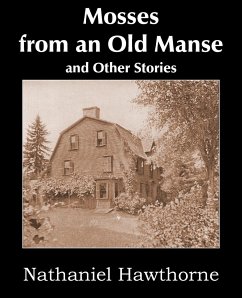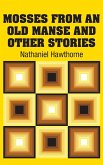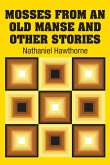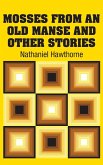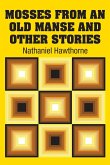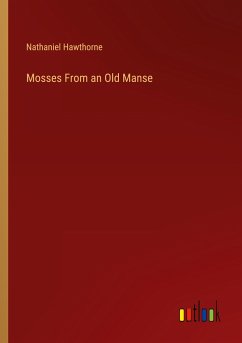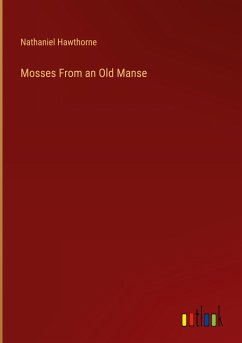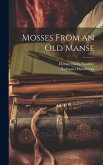Mosses from an Old Manse is a short story collection by Nathaniel Hawthorne that includes: The Old Manse, The Birth-mark, A Select Part, Young Goodman Brown, Rappaccini's Daughter, Mrs. Bullfrog, Fire-Worship, Buds and Bird-Voices, Monsieur du Miroir, The Hall of Fantasy, The Celestial Rail-road, The Procession of Life, Feathertop, The New Adam and Eve, Egotism; or, The Bosom-Serpent, The Christmas Banquet, Drowne's Wooden Image, The Intelligence Office, Roger Malvin's Burial, P.'s Correspondence, Earth's Holocaust, Passages from a Relinquished Work, Sketches from Memory, The Old Apple-Dealer, The Artist of the Beautiful, A Virtuoso's Collection. Nathaniel Hawthorne was an American novelist writing centers on New England, many featuring moral allegories with a Puritan inspiration and centering on the inherent evil and sin of humanity.
Hinweis: Dieser Artikel kann nur an eine deutsche Lieferadresse ausgeliefert werden.
Hinweis: Dieser Artikel kann nur an eine deutsche Lieferadresse ausgeliefert werden.

